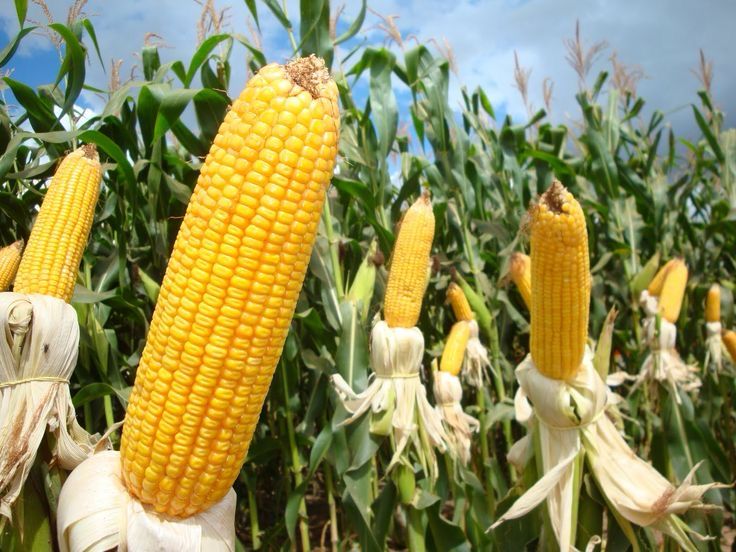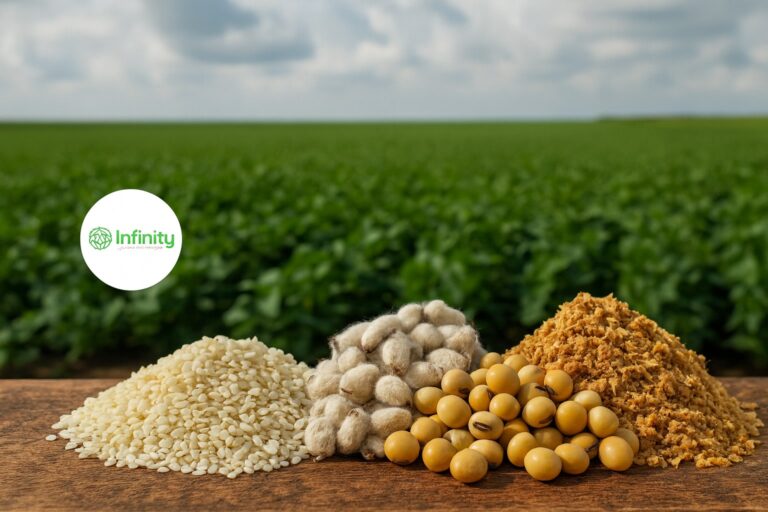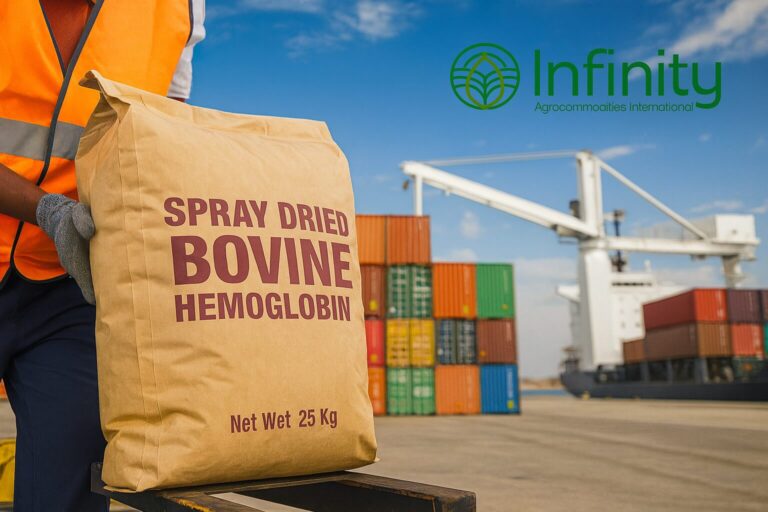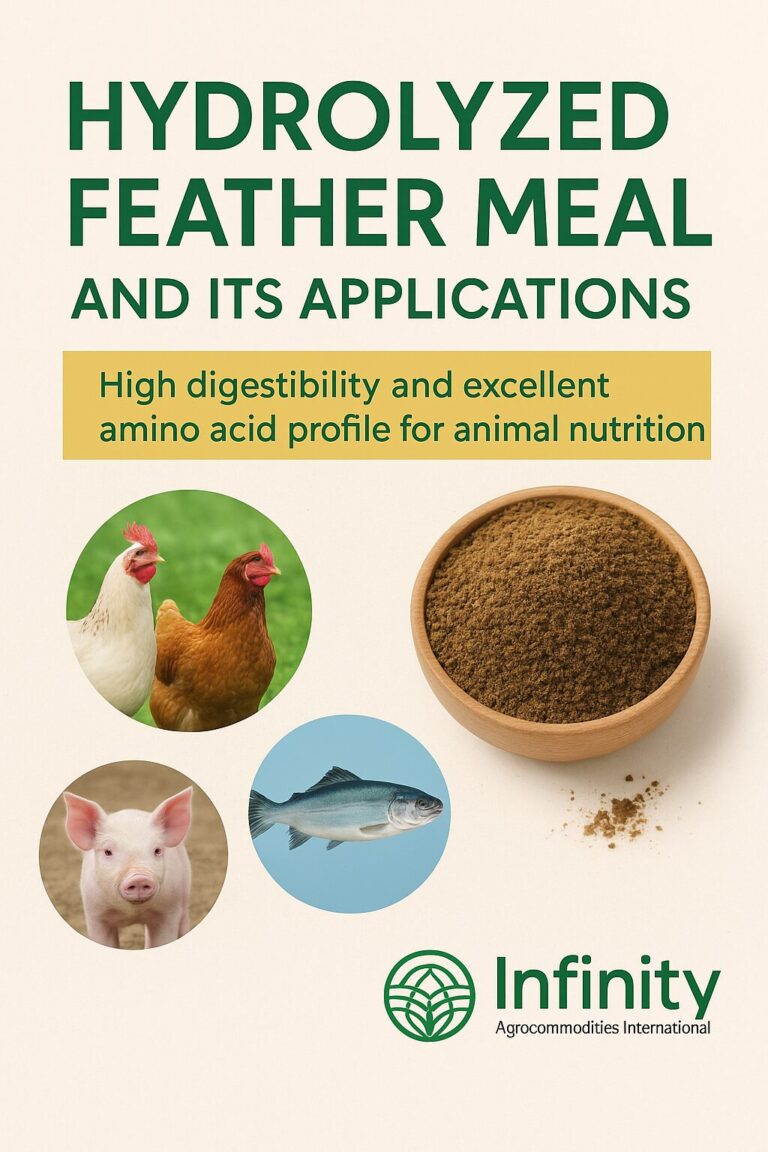Beyond conserving the soil, a lot of nutrients are available to the next crop…
There are three main strategies to manage corn fodder: keeping it in the field, baling it or grazing it.
Over the next few weeks, we will look at the advantages and disadvantages of each strategy, and the possible impacts to your bottom line.
First up, we will look at the advantages and disadvantages of keeping corn fodder in the field.
One of the benefits of keeping corn fodder in the field is soil conservation. The Natural Resources Conservation Service recommends keeping soils covered as much as possible for improved soil health. High levels of soil cover and roughness reduce soil loss, according to RUSLE2, a tool used by NRCS to estimate erosion potential.
Corn fodder left on the soil surface can easily provide 90% to 95% cover. Additionally, the remaining standing cornstalks increase field roughness.
Conversely, removing fodder through baling or grazing can reduce cover by 25% to 80% depending on the method used, leaving the soil more vulnerable to erosion, especially on sloping ground.
We know that soil conservation helps the environment and makes financial sense. In a 2012 fact sheet, Iowa State University Extension summarized that soil erosion can cost farmers more than $20 per acre (adjusted for inflation) per year.
This estimate accounts for a number of things, including lost nutrients that result in increased fertilizer costs; reduced crop yield when topsoil moves and poorer soil remains as substrate for crop growth; loss of land value; potential damage to property and roads; and water body impairment from moving soil.
Beyond keeping soil and soil-bound nutrients in place, maintaining corn fodder allows nutrients tied up in leaves, stalks and cobs to become available to subsequent crops as the residue breaks down. It is important to consider the value of these nutrients, and replacement cost, when deciding how to manage fodder.
Corn fodder dry matter yield is about the same as corn grain yield. So, for 150 bushels of corn, we estimate about 3.5 tons of dry fodder.
The table below shows the approximate nutrient content of corn fodder per dry ton, based on calculations by Michigan State University Extension.

Using the values from the table, the value of nutrients in the fodder is $32.18 per ton.
There is a lot of value to keeping corn fodder in the field. However, you may also be missing out on an economical feed or bedding source.
Additionally, corn fodder can harbor pathogens that may harm the next crop, and it can slow soil drying and warming in the spring.
Next up, we’ll look at the advantages and disadvantages of baling and grazing fodder.
Reed is an agronomy educator, and Felix is an Extension beef specialist, both with Penn State Cooperative Extension.
Source: Penn State Extension
Source: https://www.farmprogress.com/conservation-and-sustainability/how-valuable-is-corn-fodder-in-field-





